Candle Making Supplies for Beginners everything you need to get started making your own candles!
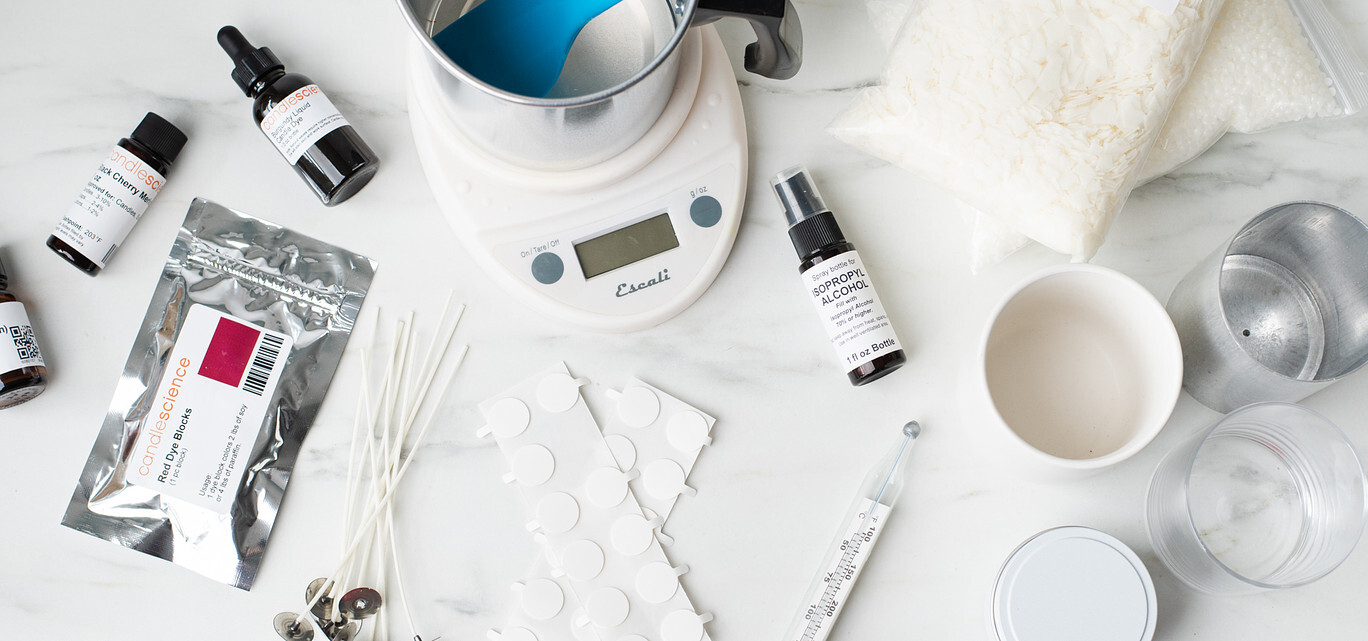
Candle making is a fun hobby where you can express yourself and create unique candles that add ambiance to any space. But you might be wondering what exactly is required to get started.
In this article, we take a look at the basic supplies, products, and equipment you’ll need to begin your candle making journey. So, if you're ready to dive into the satisfying world of candle making, let's get started!
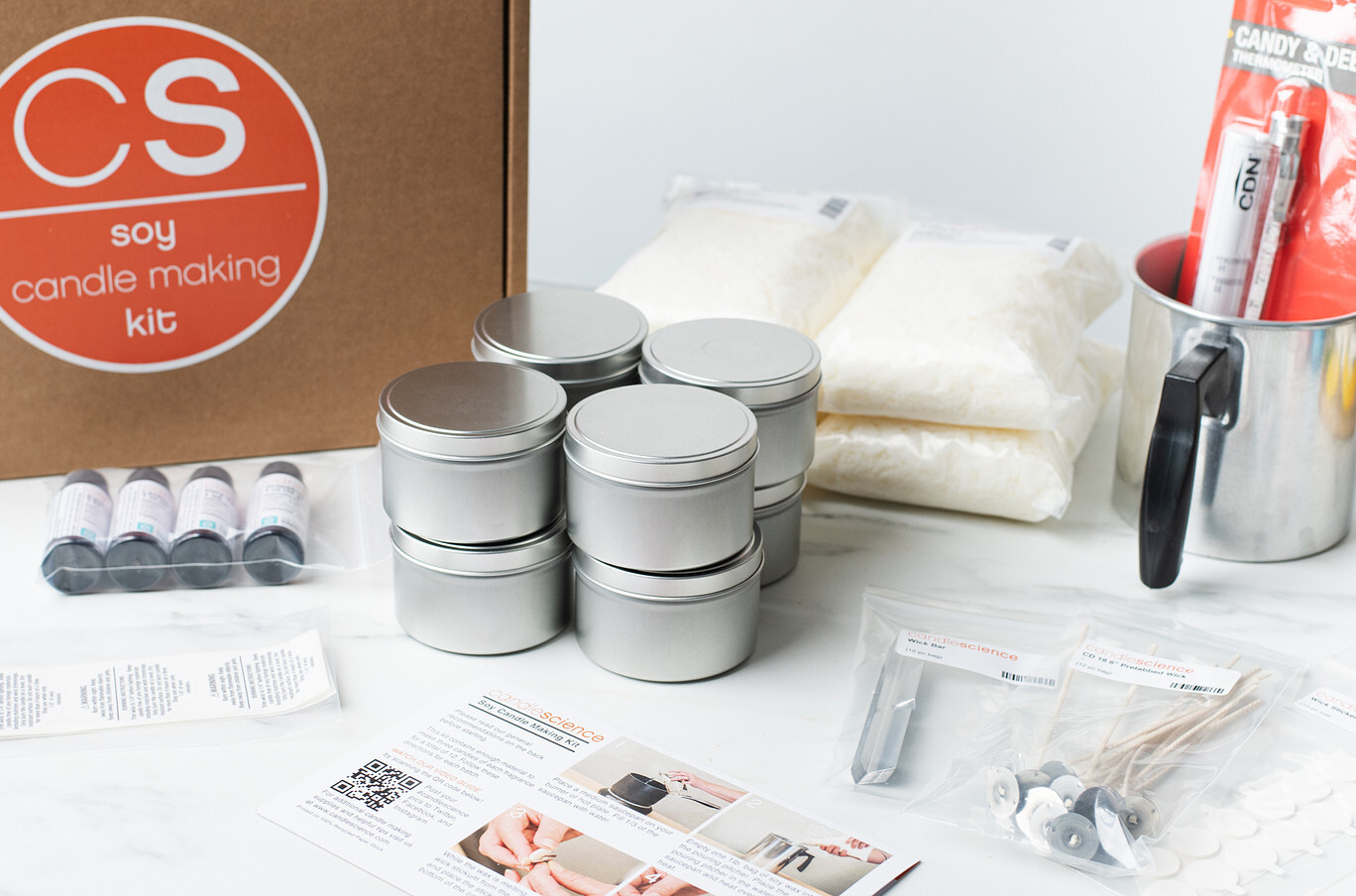

Candle making kits
You may want to jump right into making and leave the decisions to seasoned candle makers. If that’s the case, our candle kits have all the supplies you need to make multiple scented soy candles at home.
With hundreds of kits out there, what makes these different from the kits found at craft stores or Amazon? They’re curated with high-quality supplies, CandleScience Clean Scent™ fragrances, and easy-to-follow instructions that simplify the process.
You'll be able to craft handmade candles with confidence and peace of mind with our kits; plus, our customer support team is available to answer your questions. There are two types of kits to fit different needs and each comes with various fragrance options. Let's learn more!
Starter candle kits
Starter kits are perfect for DIY enthusiasts or supervised projects with kids. With kits featuring year-round fragrances and fall/holiday scents, you’ll have all of the supplies needed to make six candles.
Pro candle kits
Pro candle kits provide the essential supplies to make 12 candles, plus additional candle making equipment also helpful for starting a candle business. Choose from kits featuring year-round scents, spa fragrances, and fall/holiday scents.
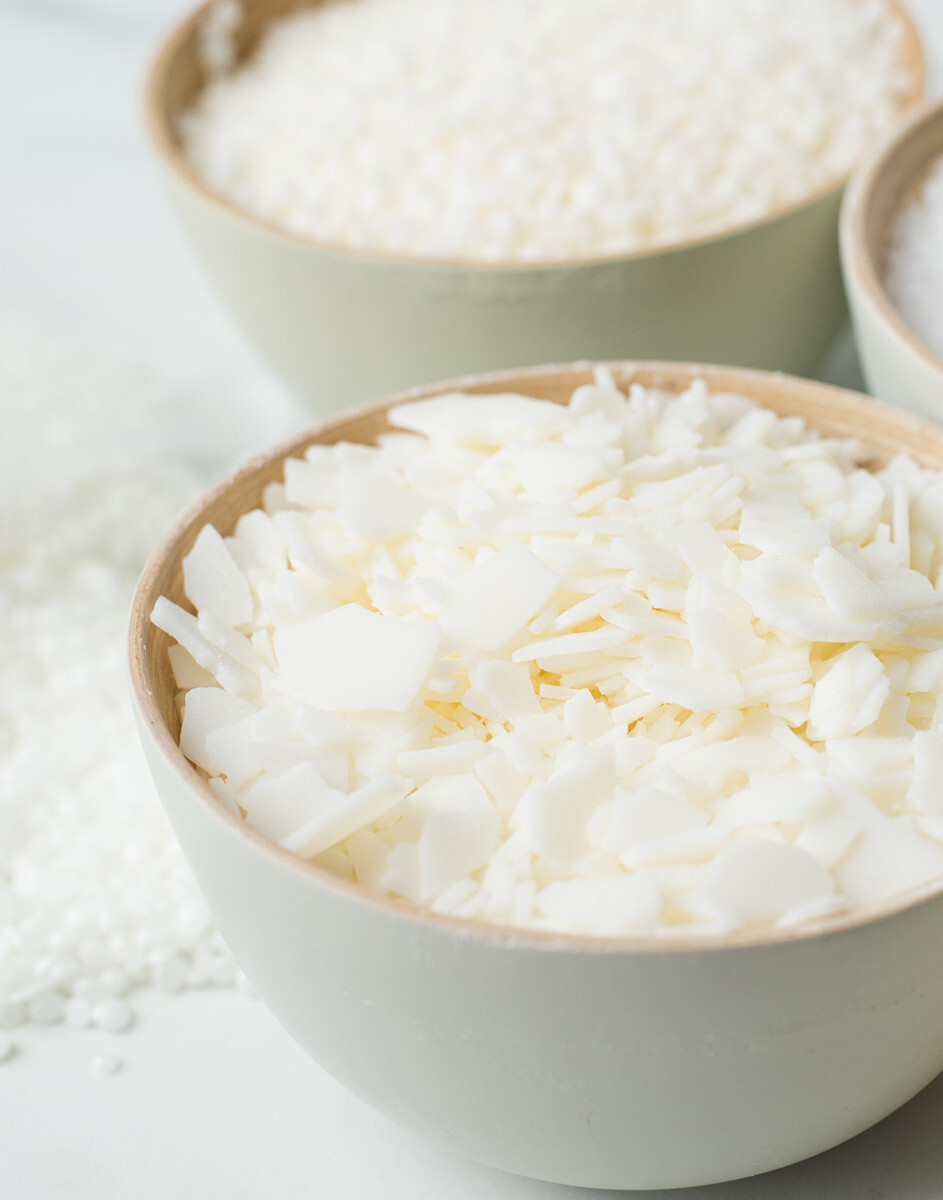
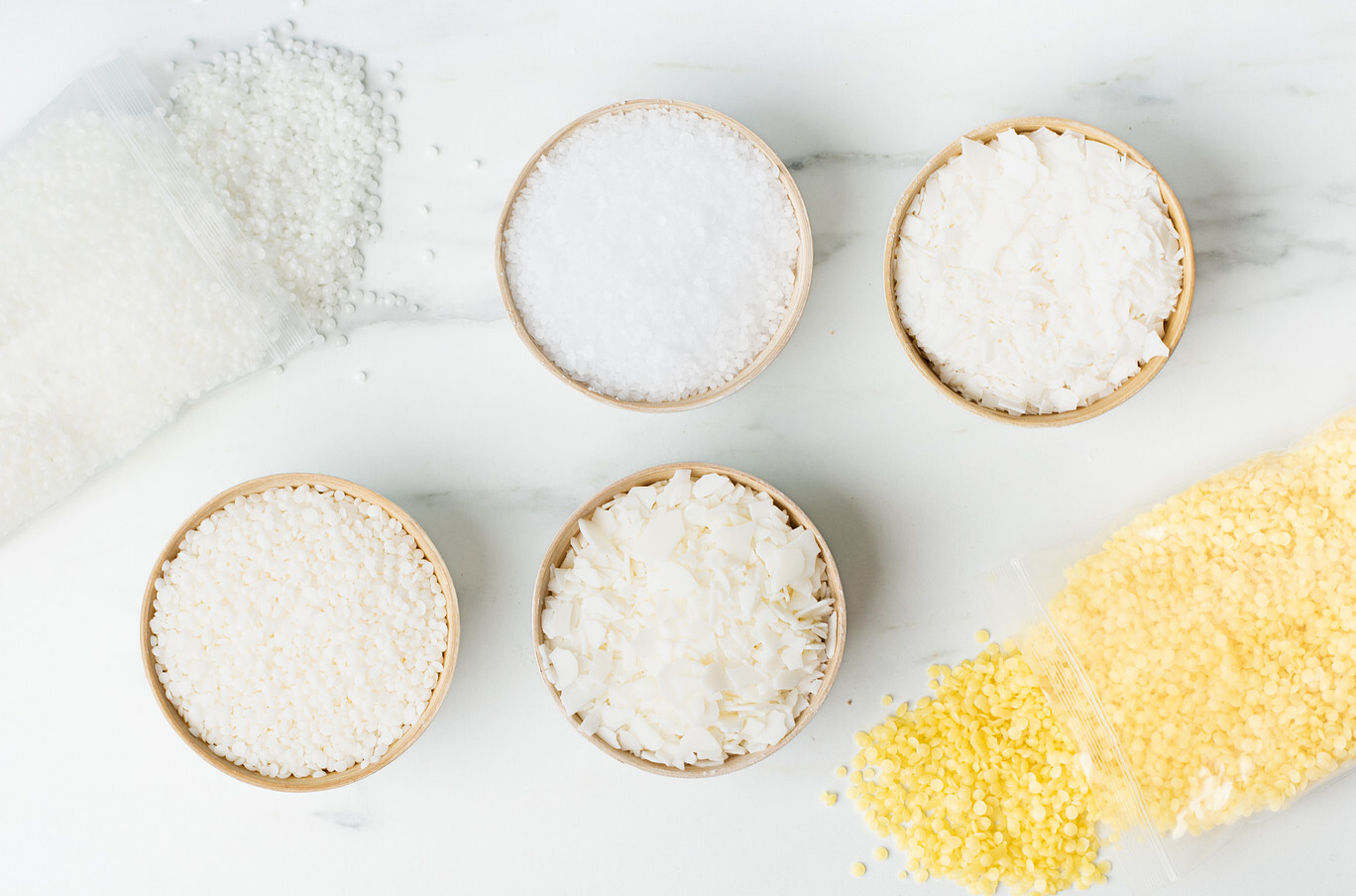
Candle wax
Whether you want to make container candles or molded candles like pillars, wax is essential! With wax types ranging from soy to paraffin to coconut, not to mention blends, there are many options for your candle projects.
Our Wax Guide and Candle Making 101: How to Select the Right Wax for Any Project resources share all the details you need to choose your next wax.
Looking for beginner-friendly candle waxes?
Golden Brands 464 is our hands-down favorite soy container wax because it:
- is easy to handle and measure thanks to its flake form
- offers a strong scent throw for soy wax and holds up to a 10% fragrance load
IGI 6006 Paraffin/Soy Blend Wax is also a popular paraffin container blend for new candle makers. This wax offers:
- an outstanding fragrance throw with just a few days of cure time
- bold colors when using dyes
- minimal frosting, a common occurrence in all-soy wax
- smooth tops
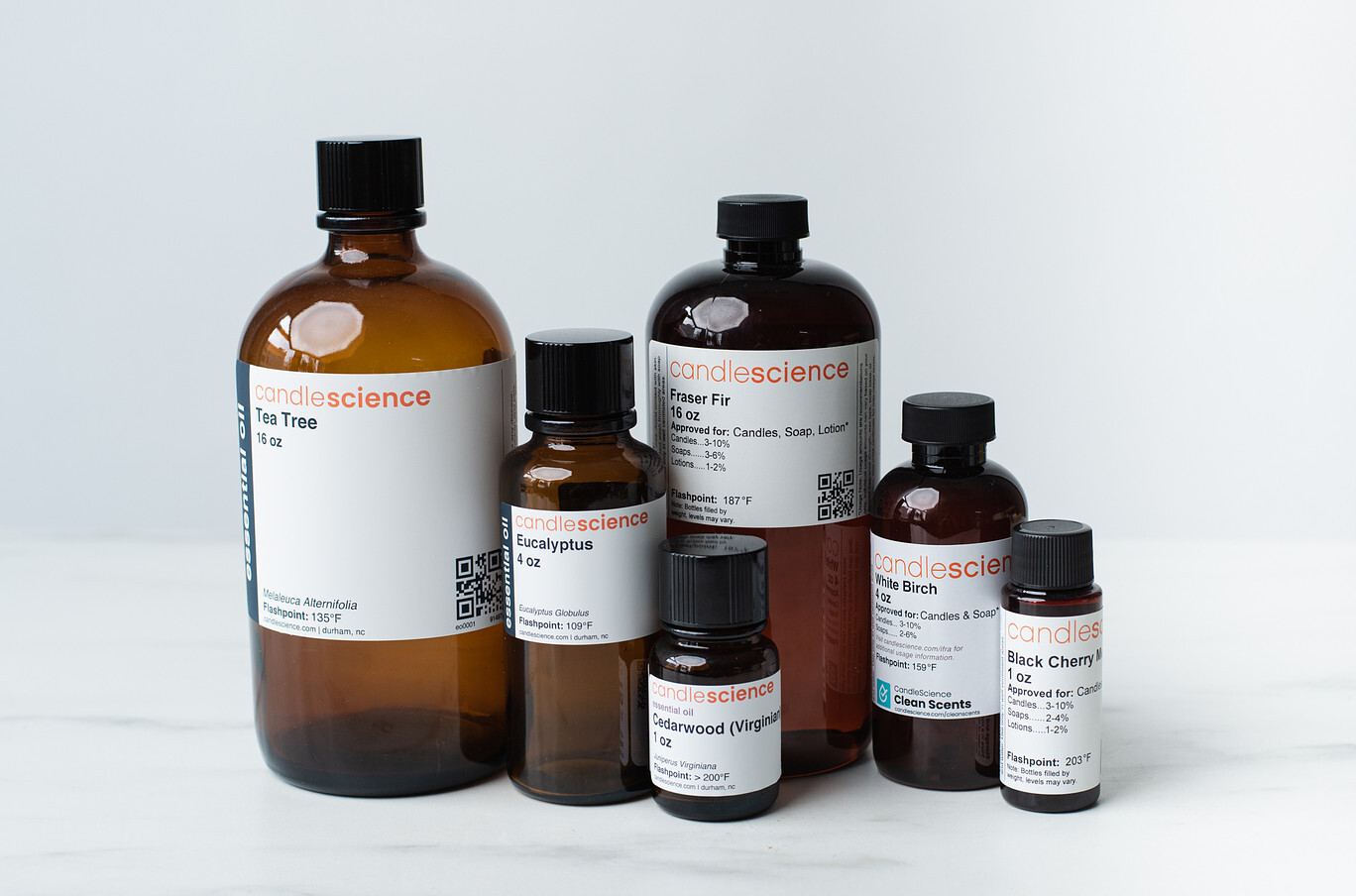
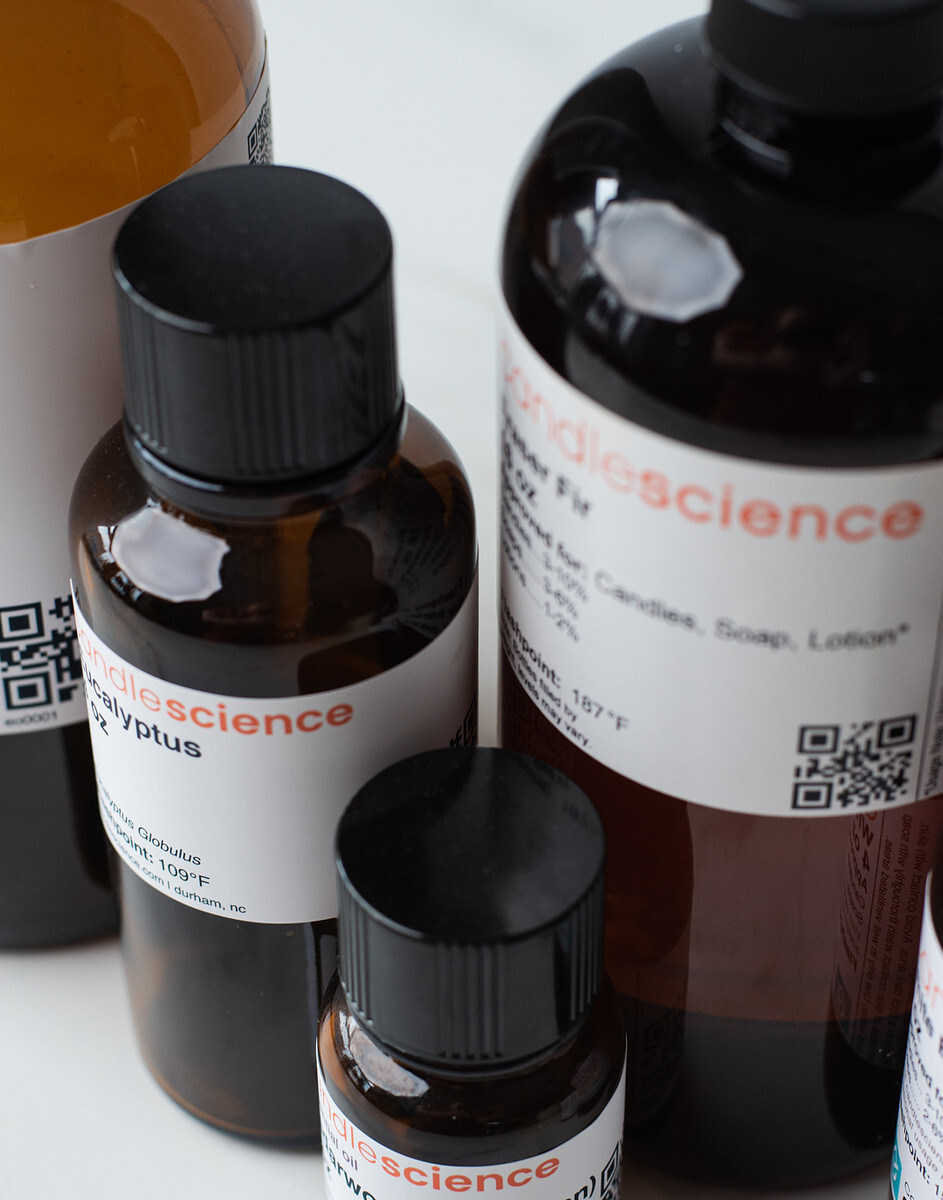
Candle fragrance
Many people enjoy fragranced candles because scent has the unique ability to evoke memories, moods, and emotions. When scenting candles, you have two options: fragrance oils and essential oils.
If you prefer candles with strong hot throw, it’s important to use fragrance oils that are specifically formulated for candles. If you prefer all-natural candles, pair soy wax with essential oils.
Fragrance oils
Fragrance oils are a combination of natural essential oils and synthetic aromas. The synthetic aromas in fragrance oils allow scents to be created that are not otherwise found in nature.
We offer nearly 200 fragrance oils and most are Candlescience Clean ScentsTM, which means they’re formulated without phthalates and free of carcinogens, mutagens, reproductive toxins, organ toxins, and acute toxins.
Our Fragrance Oil Finder is a handy tool to find just the right scent for your candles or to discover a new favorite fragrance.
Essential oils
Essential oils contain aroma compounds that are removed from the seeds, flowers, leaves, roots, and stems or bark of plants. The only way to scent candles naturally is with pure essential oils.
We’ve extensively tested our essential oils for use in candles and have a curated list of the best essential oils for candles.
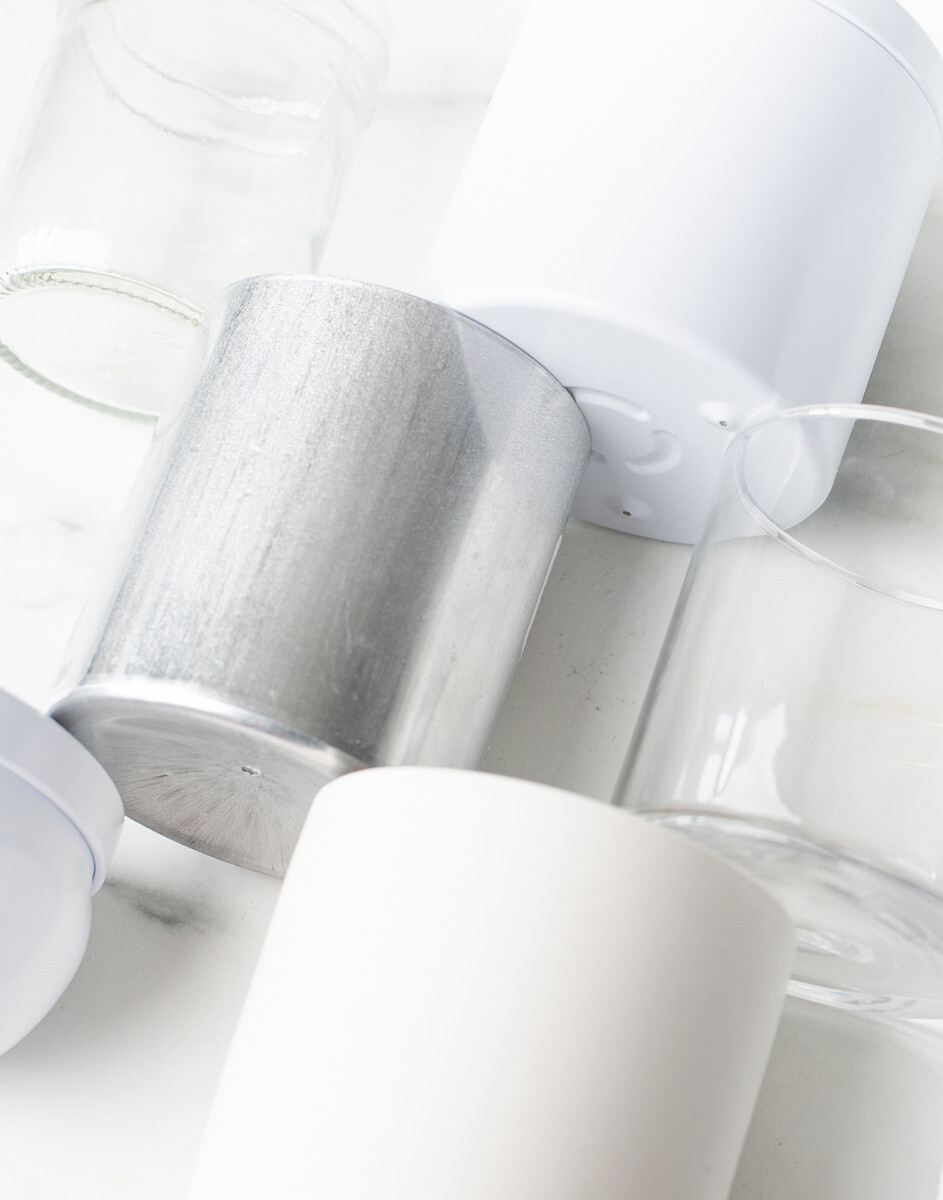
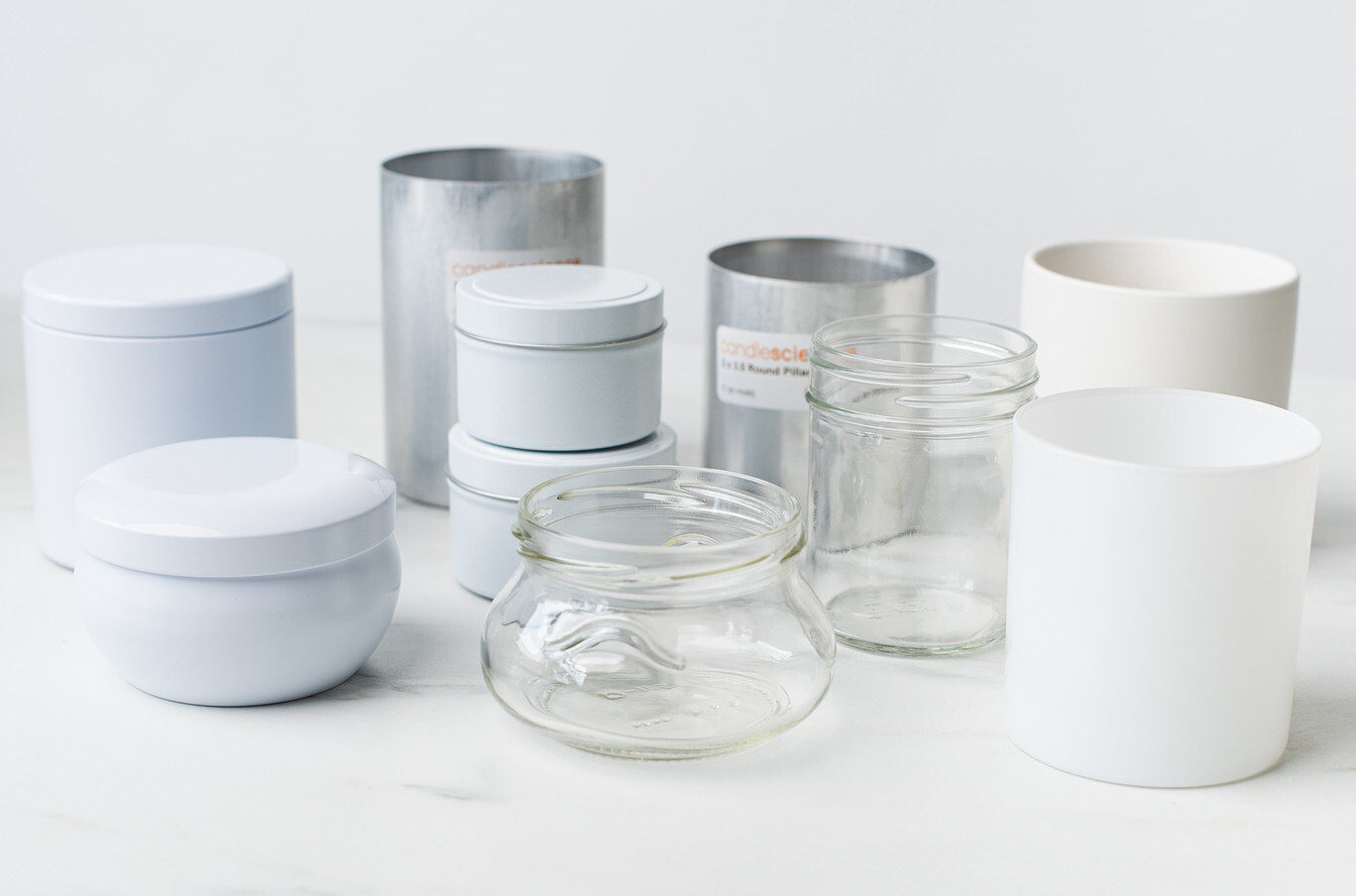
Candle containers and molds
You need something to hold your candle wax and fragrance, so jars, tins, and molds are the next necessary candle making supply.
Choosing a candle container is often a personal decision based on taste and aesthetic preferences. But not all containers can be used safely for candles. Our containers are tested in-house specifically for candle use and are thoroughly burn tested.
Select cylindrical containers for your candles. When a candle burns, it forms a circular burn pool in the wax. Therefore, the easiest container to wick is one shaped like a cylinder.
Jars and tins
Available in a wide array of sizes, colors, finishes, and designs, candle jars and tins offer nearly endless options when making candles. You can even coordinate the fragrance and container style for a particularly creative take on your candles.
When first making candles, we recommend these containers because they're either easy to wick, or are opaque, which makes it simple to hide common imperfections new candle makers might encounter:
- Classic Tins
- Straight Sided Jars
- Ceramic Jars (be sure to practice with single-wick candles before moving on to 3-wick jars)
Molds
Pillar and votive candles are poured in molds to create their individual shapes. Whether you want to make a classic cylindrical pillar or experiment with trendy sculptural shapes, leak-free candle molds are a must.
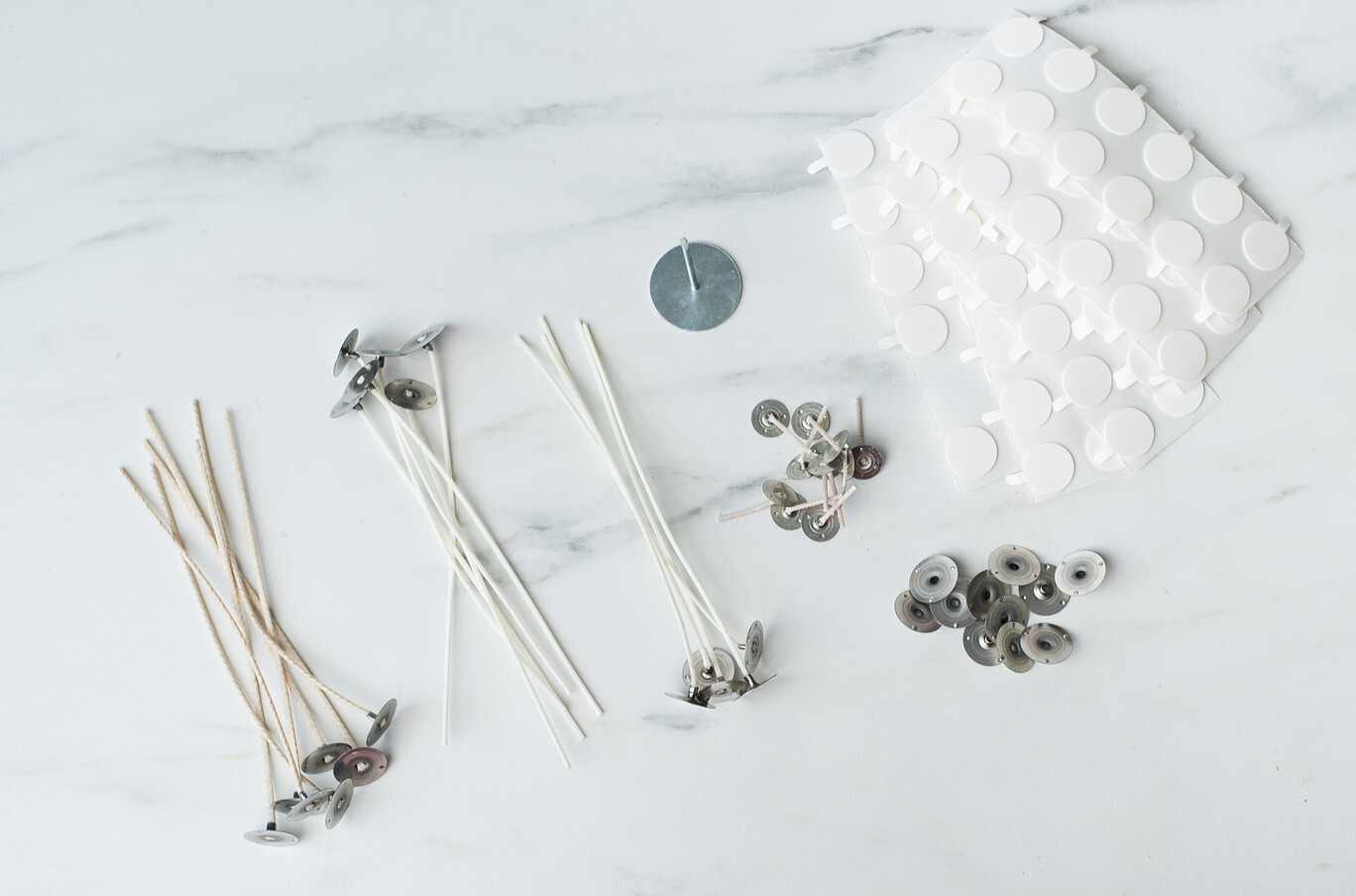
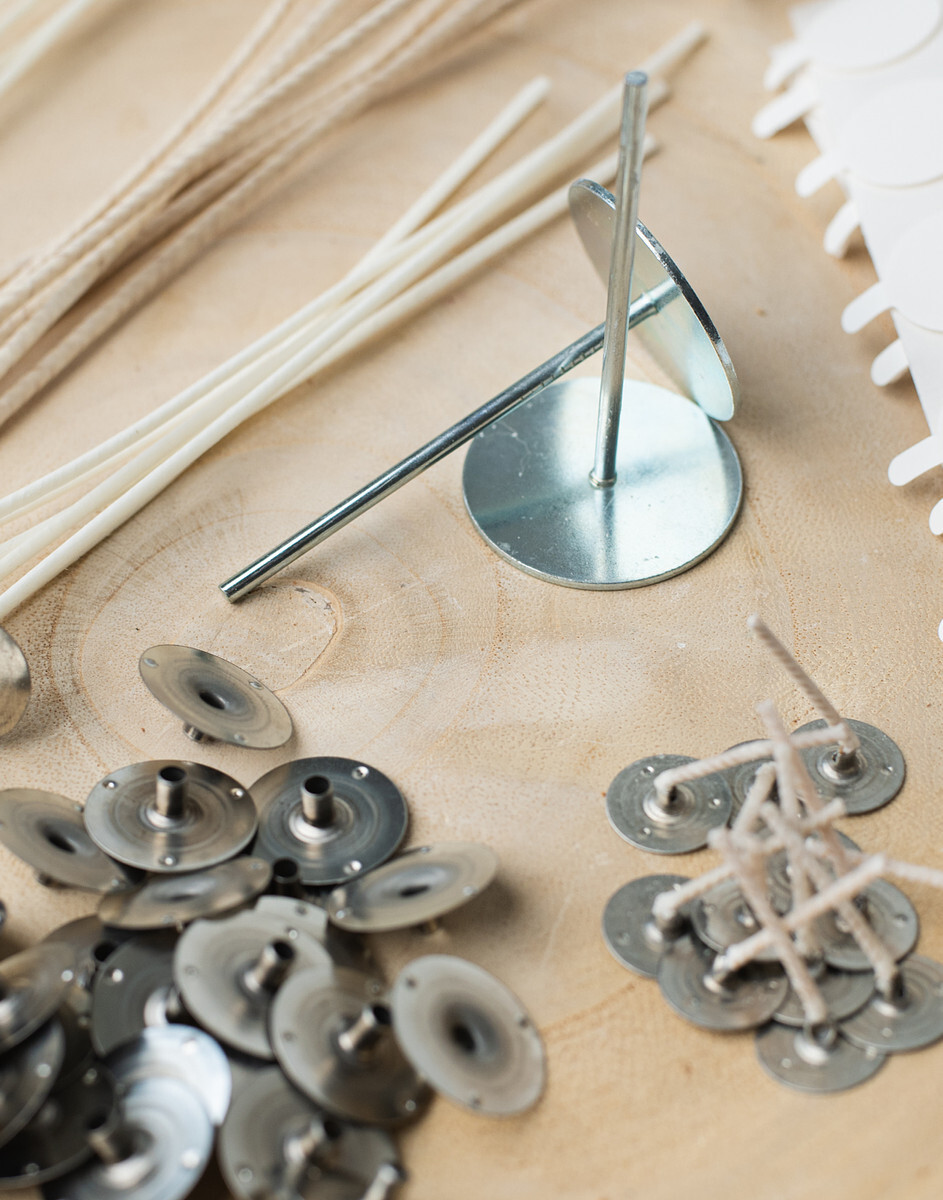
Candle wicks
Selecting the right wick to use for your candles is one of the most important aspects of candle making! The wick affects how the candle burns, the strength of the hot throw, and more.
Pretabbed candle wicks come in standard lengths, are primed with a wax coating, and have a metal tab at the wick base, making them easy to use in container candles. Spooled candle wicks are uncoated and can be cut to your desired length when crafting pillar candles.
Check out the Candle Wick Guide, which is a great starting point for choosing the right wick for your candle project.
Candle wick stickers and bars
Safely secure wicks to containers with wick stickers and keep them upright while your candles cool with wick bars. Wick stickers prevent wicks from detaching and floating in candles as they burn. With their handy notch, wick bars keep perfectly wicks centered.
Though wick bars are relatively inexpensive, you can also use crafting sticks, pencils, or skewers to help center wicks.
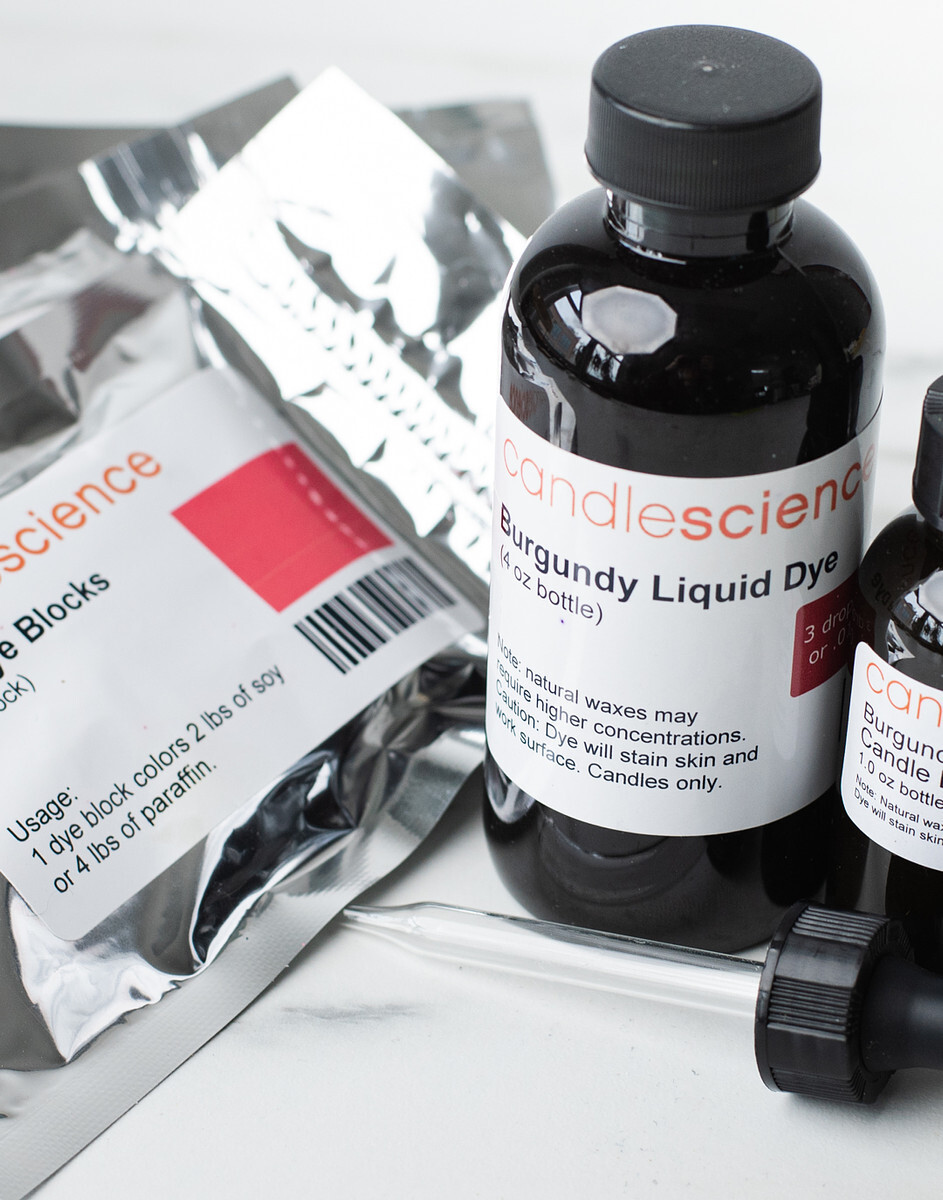
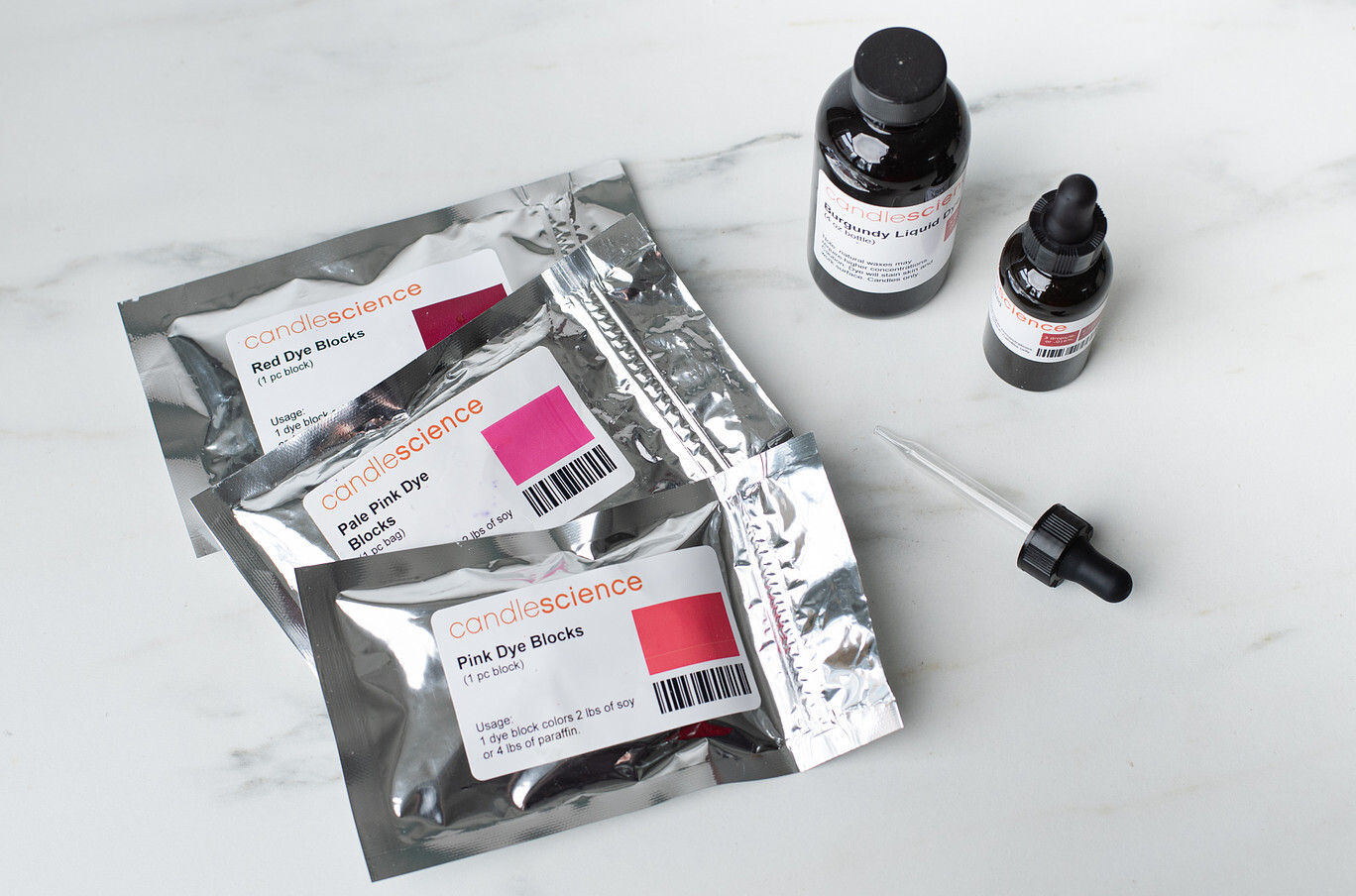
Candle dyes
Technically speaking, candle dyes are optional in candle making. However, adding color to the wax creates a vibrant, eye-catching look to your candles that can set them apart from undyed ones!
Dye blocks are ideal for achieving darker colors or when working with large batches of wax. Liquid candle dye is a great choice for creating custom colors you can't find anywhere else.
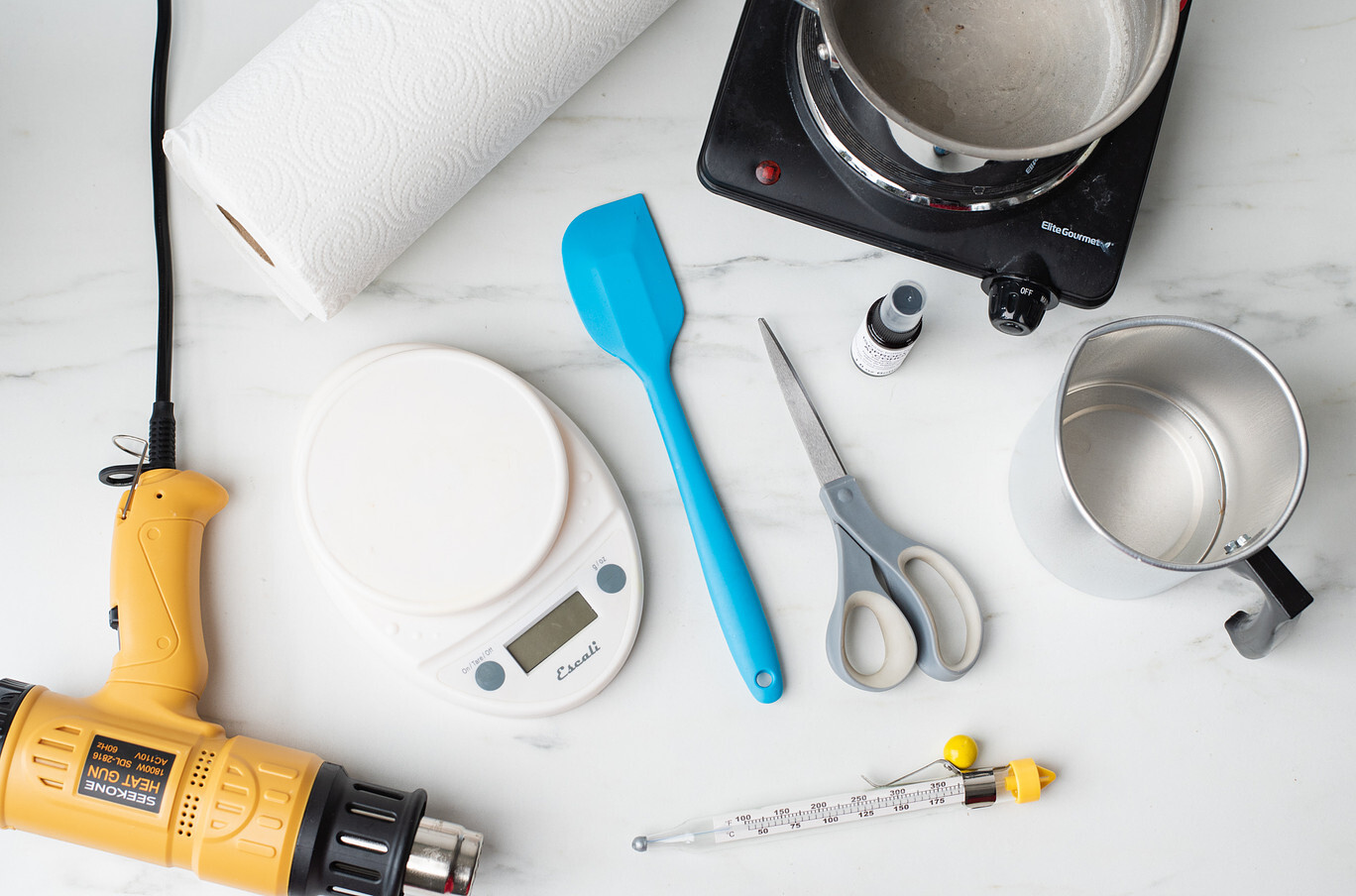
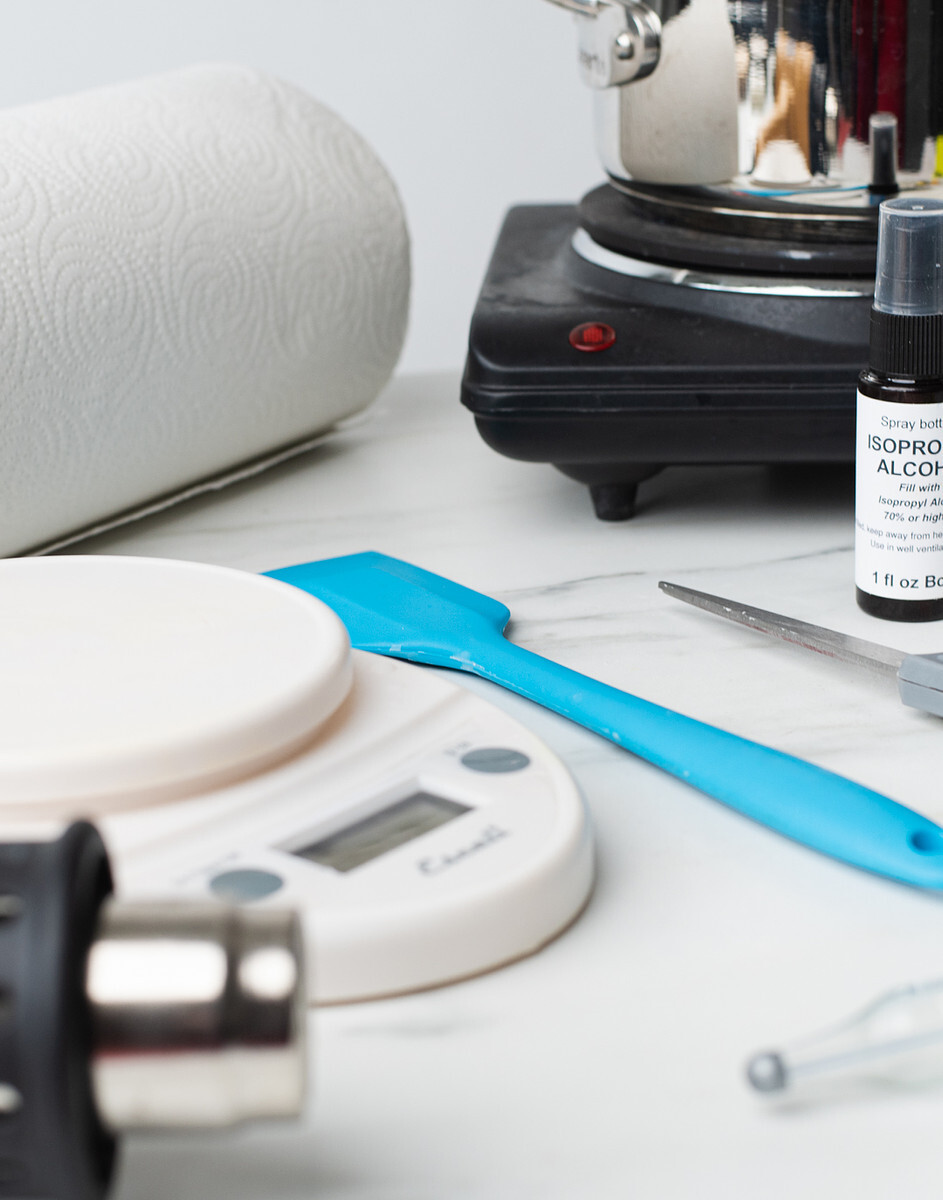
Must-have candle making equipment for beginners
Along with the materials and supplies that go into making your candles, you also need a few tools to make the process reliable, accurate, and easier. And good news, you probably already have some of these items at home!
Scale
If you take away only one tip from this article, please let it be this: always weigh out your wax and fragrance. Measuring these materials by volume is not reliable or accurate! Because waxes and fragrance oils vary in density, measuring by teaspoon, drops, or scoops, is a recipe for disappointing candles.
A kitchen scale, or candle and soap scale, allows you to accurately weigh these ingredients, ensuring proper fragrance load and consistency across candle-making sessions.
Pouring pitcher
Designed especially for candle making, pouring pitchers are containers that you combine melted wax and fragrance in.
Pitchers designed especially for candle making are typically made of metal and come in 2 lb. and 4 lb. capacities. The metal is not porous so fragrance and wax residue clean off after use and won’t contaminate future candle batches.
You can also use heat-safe glass containers like oversized Pyrex measuring cups or bowls. But, using these containers for food preparation after being in contact with fragrance is not recommended.
Heat source
Most beginners use a stovetop and the double boiler method to melt their wax and raise it to the proper temperature for adding fragrance and dyes. You can also use the double boiler method on a hot plate. The metal pouring pitchers mentioned above are ideal for stovetop use in a double boiler.
Heating soy wax in a microwave is another beginner-friendly option. However, we don’t recommend using a microwave for paraffin waxes. And please only use microwave-safe containers for this method!
Thermometer
Fragrance binds best when added to wax at 185°F/85°C. Whether you use a glass candy thermometer, a digital thermometer, or an infrared laser model, you’ll make better candles when you’re able to accurately monitor the wax temperature.
Cups for measuring fragrance
Shot glasses, disposable wax-coated paper cups, and glass measuring cups. These are just some of the at-home options for measuring fragrances.
Again, once in contact with fragrance, it’s not recommended these cups be used for food preparation.
Stirring utensil
When mixing wax and fragrance (and dye if you’re using it), you want to combine all ingredients by stirring them gently for two minutes. Some makers use long metal or plastic spoons for this purpose. Other options for stirring utensils include spatulas, whisks, and skewers.
Scissors
After your candles have cooled and are set, you’ll need to trim the wicks. A pair of sharp scissors will cut right through the cotton wicks. Nail clippers also work well—as do proper wick trimmers!
Paper towels and rubbing alcohol
When you’re all finished making your candles, paper towels and rubbing alcohol are your friends for clean up. Rubbing alcohol—also known as isopropyl alcohol— helps break down wax and fragrance residue. Swipe out the pitcher you mixed the wax and fragrance in, and wipe down the work surface so they’re ready for the next time you’re in the mood to make candles.
If you find you really enjoy making candles, you may want to add a heat gun to your collection of candle making tools. Heat guns are excellent for smoothing candle tops, cleaning cooled wax from work surfaces, and even removing labels from boxes.

Are you ready to take the first step in your candle making journey?
If the answer is yes, congratulations! With the right information and supplies, you can create homemade candles for your own enjoyment, and to share as gifts.
Remember, as you make your first candles, let your creativity guide you, and have fun! The joy of candle making comes from the satisfaction of creating something with your own hands.
And don't be afraid to make mistakes along the way, as they can often lead to new and exciting discoveries. Candle making is a skill that takes time and practice to master, so be patient with yourself and enjoy the process.
New candle makers: be sure to also check out our Candle Making 101 articles on how to multi-wick candles and improving hot throw.
If you already have some experience making candles, share in the comments if there’s anything you think we missed, or if you want to recommend other items you can’t live without when making candles!